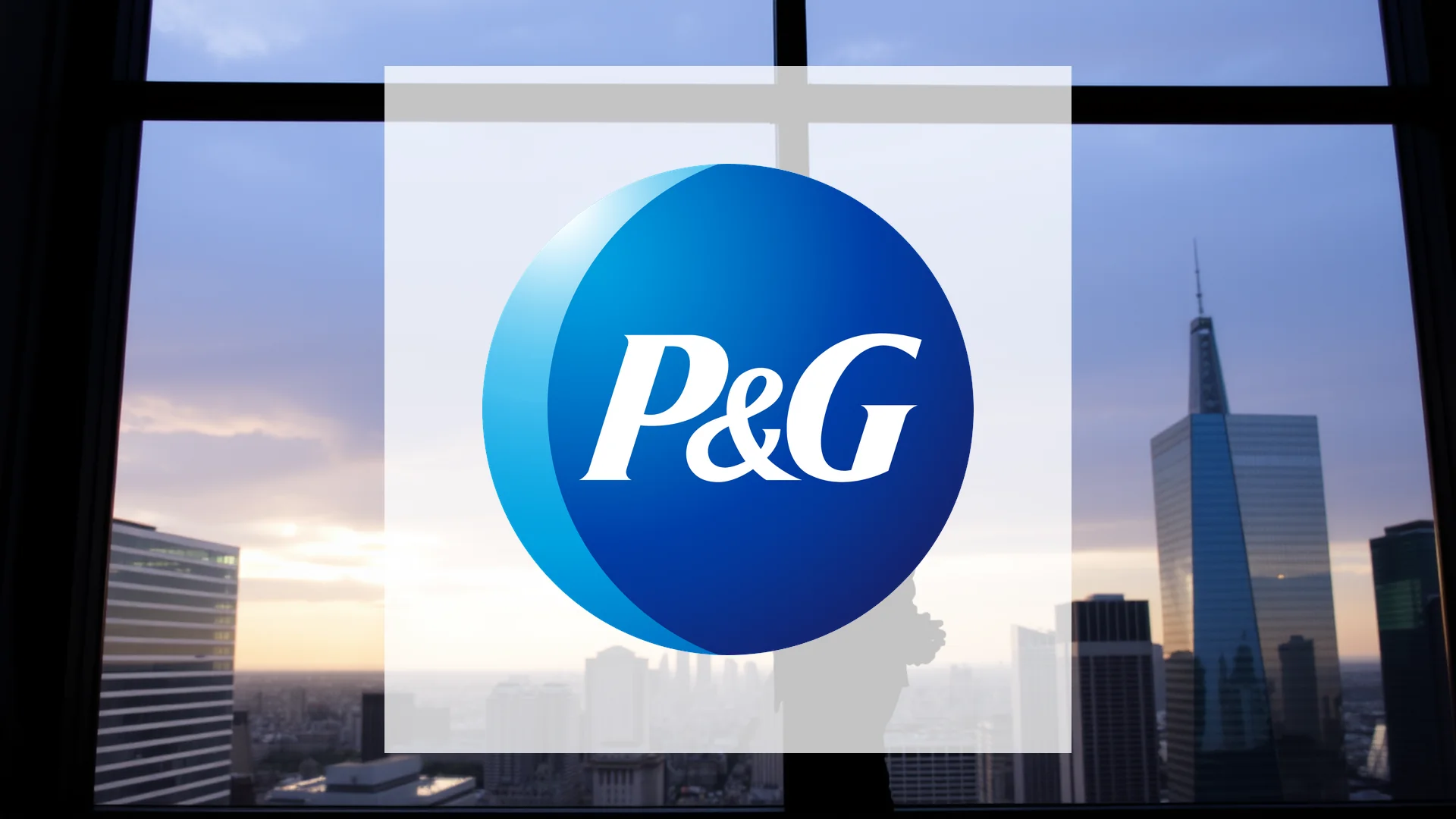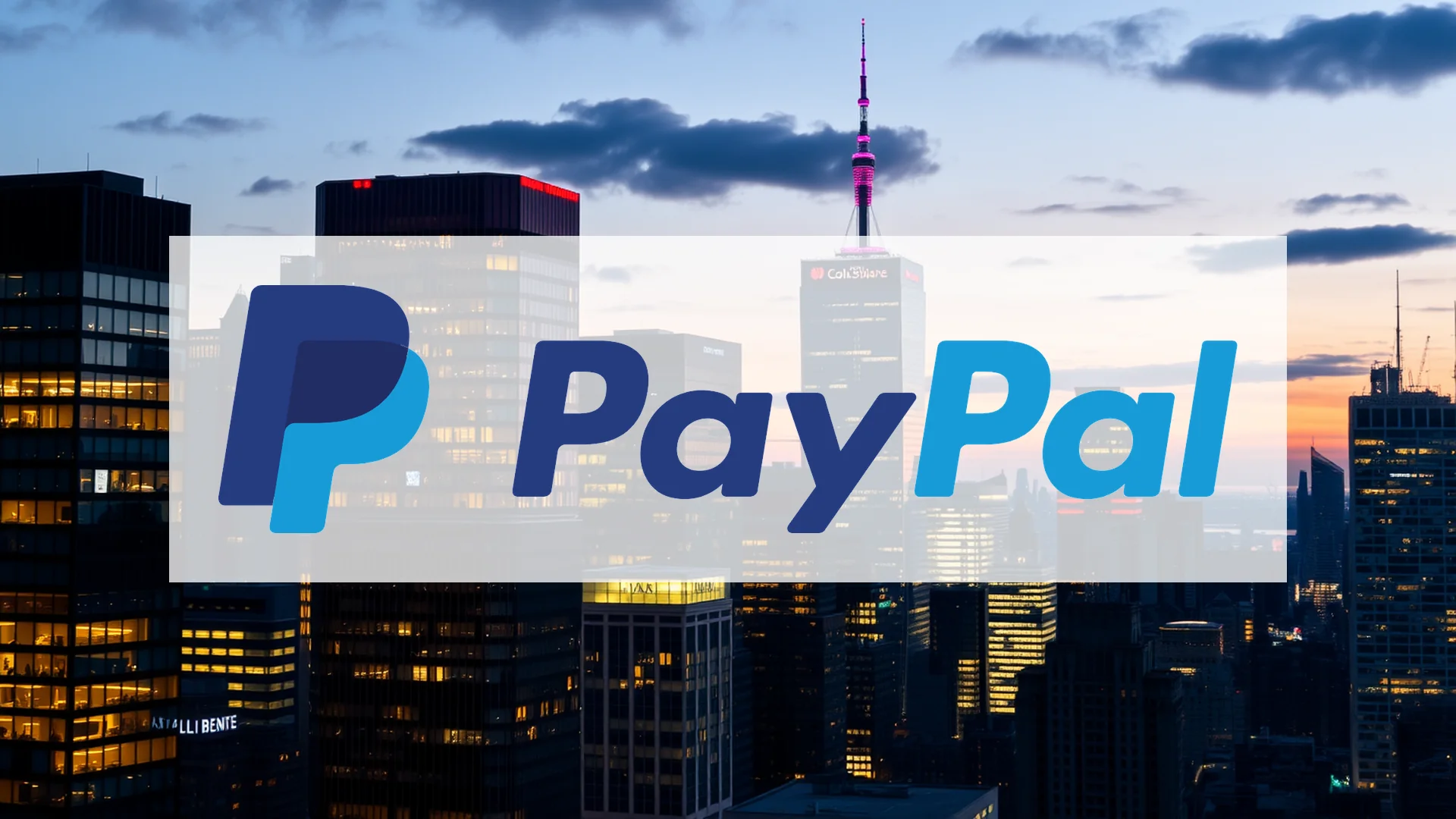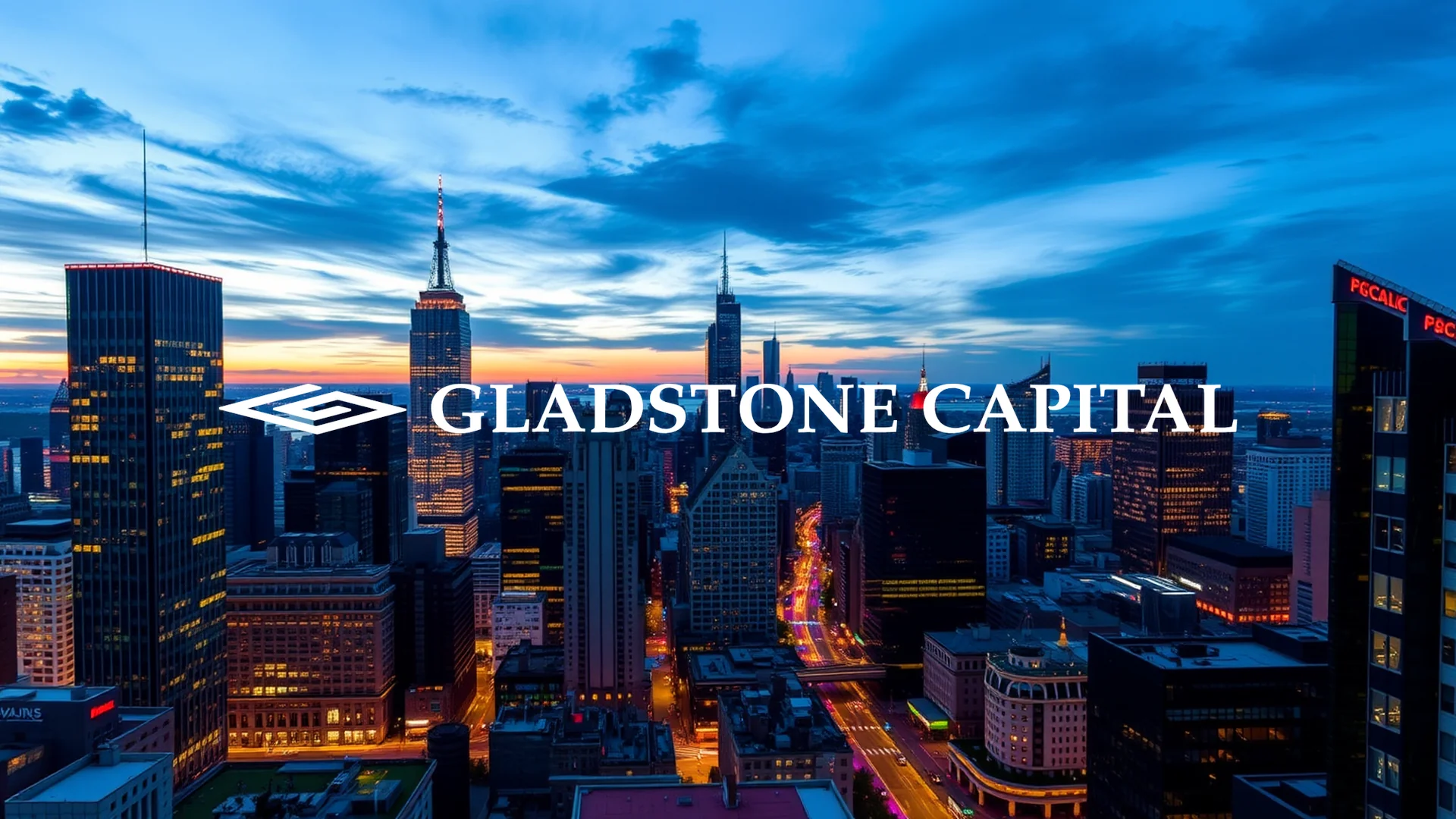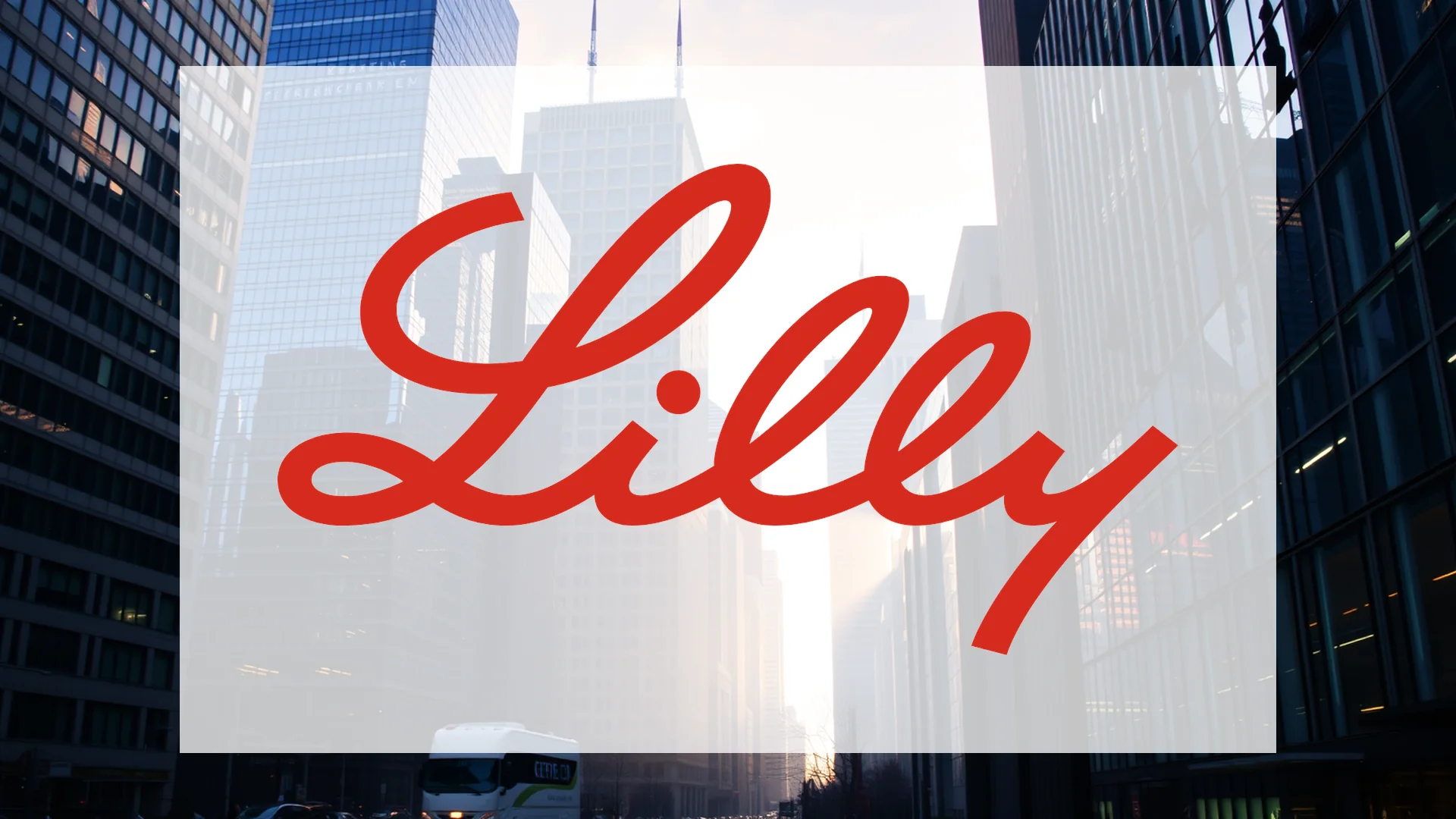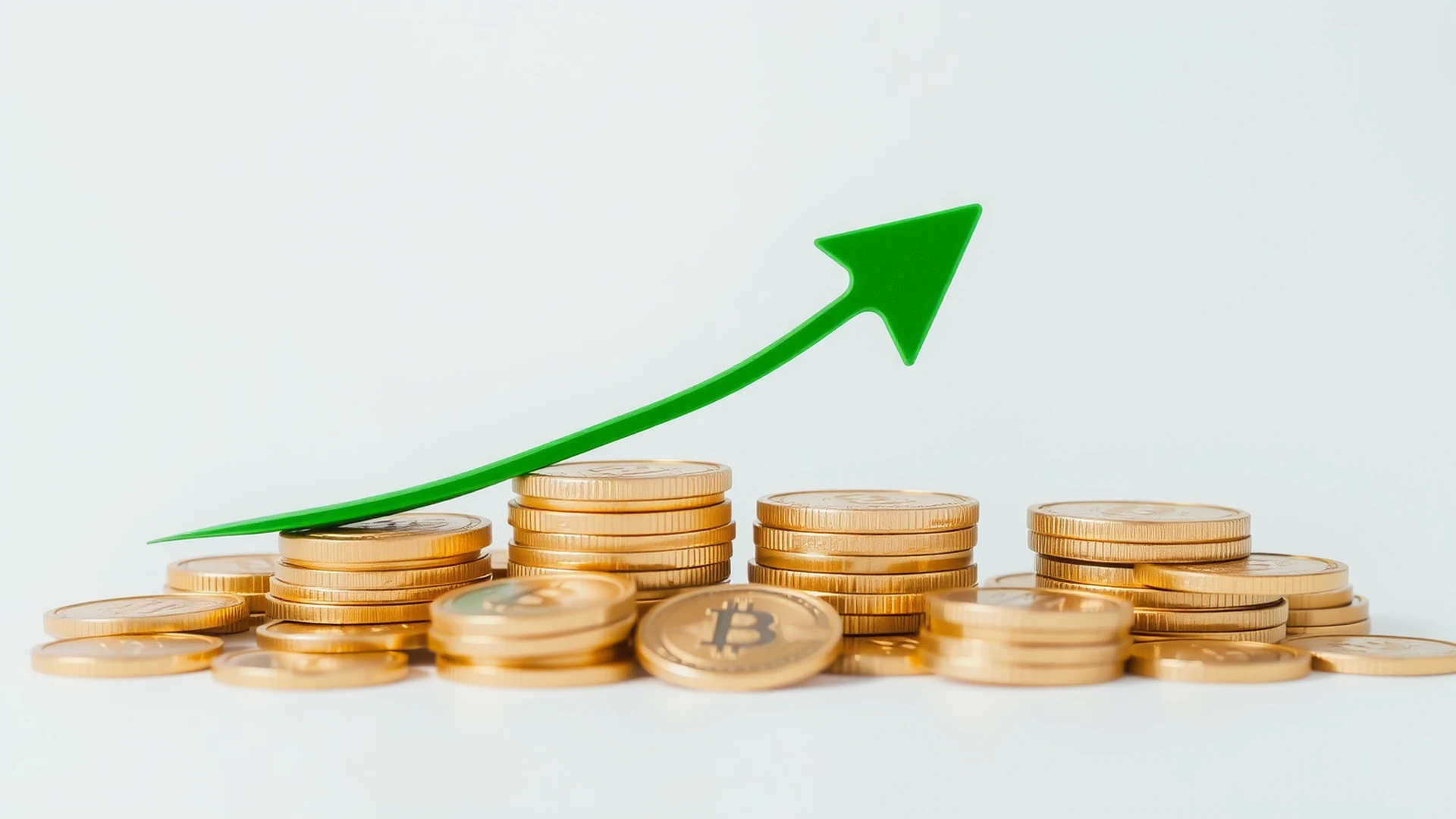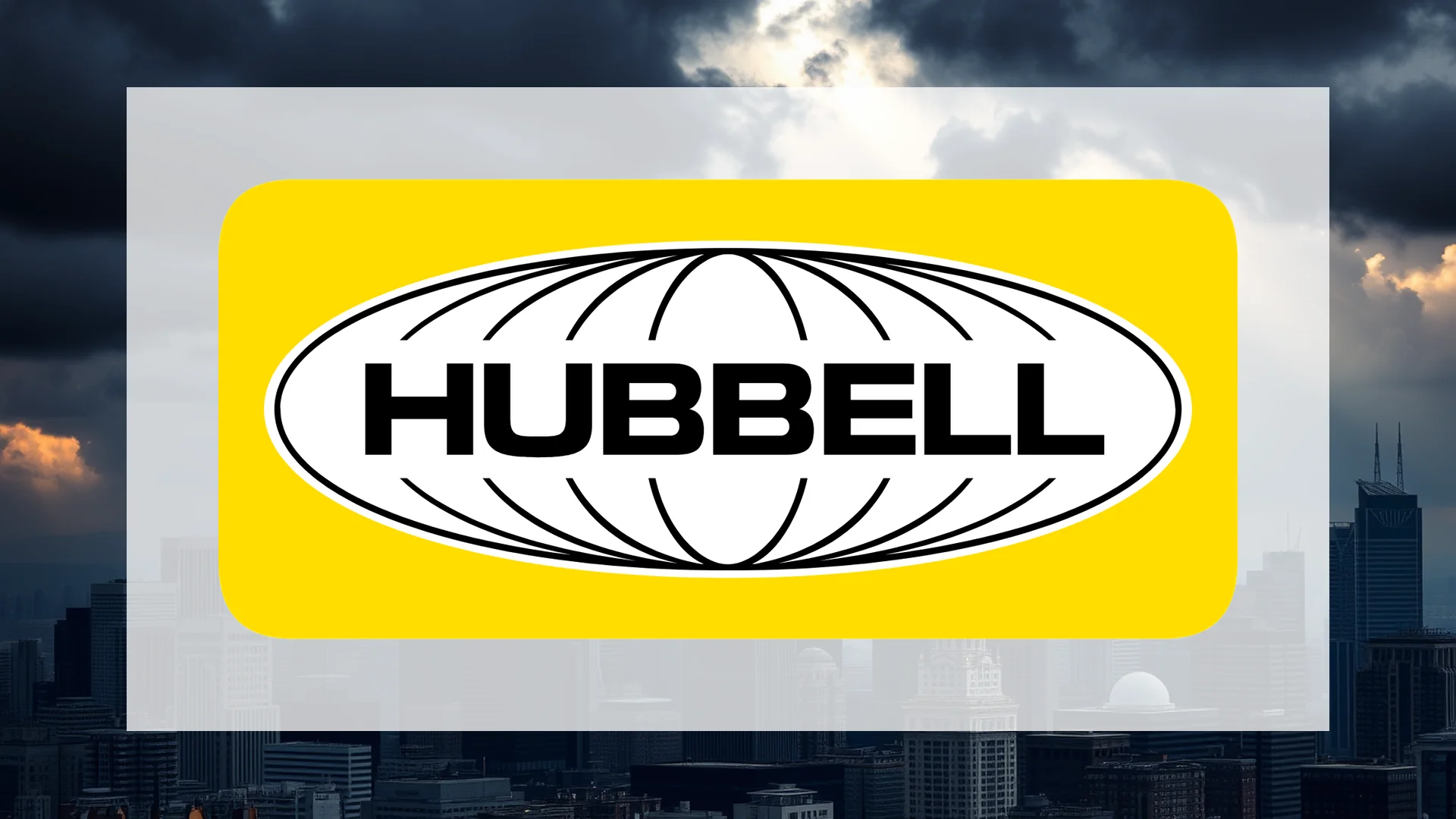The investment landscape for Procter & Gamble has been jolted by a stunning divestment from a key institutional holder. AMF Tjanstepension AB executed a dramatic sell-off during the second quarter, liquidating over one million shares of the consumer goods titan. This transaction represents a reduction of a staggering 97.5%, leaving the fund with a mere 26,506 shares from a previously substantial holding.
Such a significant withdrawal by a large-scale investor is an uncommon event that sends powerful ripples through the market. While reports suggest other institutional entities have increased their stakes, the sheer magnitude of this single sale casts a shadow over those more optimistic moves, creating a climate of uncertainty around the dividend aristocrat.
Strategic Shifts and Market Headwinds
Compounding the pressure from this equity sell-off, Procter & Gamble is also implementing significant strategic changes. The company has confirmed it will cease its direct operations in Pakistan, joining a list of other multinational corporations exiting the country. This decision forms part of a broader global restructuring initiative. The move highlights the operational difficulties in the region, including tepid consumer demand and challenges in repatriating profits, which have made the direct business model unviable. Going forward, P&G intends to serve the Pakistani market through third-party distributors.
Should investors sell immediately? Or is it worth buying Procter & Gamble?
Further complicating the global outlook, the company is contending with anticipated tariff-related expenses that are projected to weigh on its international performance.
Technical and Analytical Sentiment Sours
The fundamental concerns are mirrored in the stock’s technical performance. After trading in a neutral, sideways pattern, Procter & Gamble’s share price has now fallen below its critical 200-day moving average. This breach is widely interpreted by traders as a bearish indicator, adding to the negative sentiment.
This cautious view is partially echoed by analysts. Barclays recently adjusted its outlook, lowering the price target on P&G shares to $153 from $164. However, the firm maintained its “Equal-Weight” rating on the stock. The current environment for the consumer goods giant is therefore one of pronounced ambiguity, caught between a massive institutional exit, strategic retrenchment, and a majority of analysts who still hold a generally positive, if more tempered, view.
Ad
Procter & Gamble Stock: Buy or Sell?! New Procter & Gamble Analysis from October 5 delivers the answer:
The latest Procter & Gamble figures speak for themselves: Urgent action needed for Procter & Gamble investors. Is it worth buying or should you sell? Find out what to do now in the current free analysis from October 5.
Procter & Gamble: Buy or sell? Read more here...

